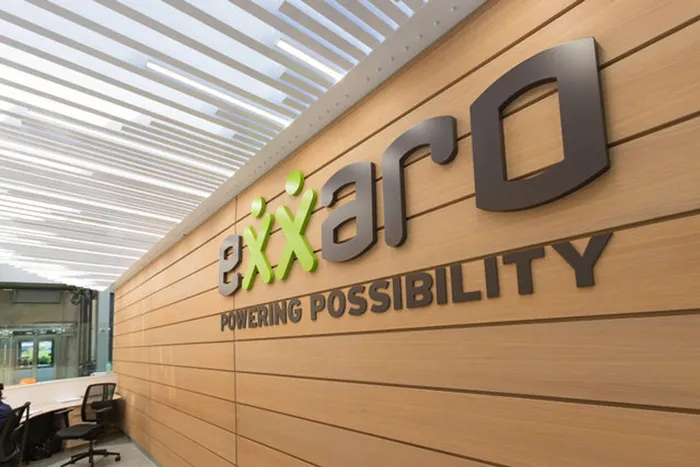A 37% slump in Exxaro’s interim earnings drags down its shares on JSE

Exxaro’s total capital expenditure for the half year increased to R1bn against R801m a year earlier. This comprised R1bn in sustaining capex and R5m in expansion capex. Picture: SUPPLIED.
Headline earnings per share (HEPS) in Exxaro Resources slumped by 37% in the half-year period to June 2024, dragging down the company’s share price by 2.71% to R177.08 per share in afternoon trade on the JSE yesterday, as it cited volatility on global markets.
Although revenues for the half-year period inched up by 1% to R19 billion, and cash generated from operations rose 24% to R4.8bn, interim earnings before interest, tax, depreciation and amortisation in Exxaro plunged 34% to R5.1bn, while headline earnings per share were softer by 37% at R15.28 per share.
The company attributed the plunge in HEPS to the 33% decrease in group earnings before interest, taxes, depreciation, and amortization (Ebitda) as well as a 39% decrease in adjusted equity-accounted income.
Cash flows and funding cash generated from operations decreased by 23% to R4.8bn, and, together with the dividend received from equity-accounted investments of R2.1bn, helped to fund capital expenditure and payment of ordinary dividends for the period.
Exxaro’s total capital expenditure for the half year increased to R1bn against R801m a year earlier. This comprised R1bn in sustaining capex and R5m in expansion capex.
As a result of the lower earnings for the period, Exxaro opted to declare an interim dividend of R7.96 per share, which is significantly down from the previous contrasting period’s payout by R3.47.

“In South Africa, continued lacklustre rail performance due to locomotive unavailability, cable theft, derailments and vandalism remained a challenge. The collaboration by the Transnet Freight Rail-Industry Recovery Team realised some benefits and service levels did not deteriorate further,” Exxaro said.
It added that it had railed 2.4 million tons of export coal to Richards Bay Coal Terminal (RBCT) during the quarter to June, describing the volumes as “consistent” compared to the same period last year.
Exxaro received an average benchmark RBCT export price of $101 per ton during the period, which was 22% lower compared to the previous contrasting period, resulting in a 24% decrease in the average realised export price for Exxaro of $96 per ton.
Despite this price decline, Exxaro was able to realise 95% of the average API index price based on its sales mix across all products, it said.
Challenges persisted through the quarter on the domestic front. The company said “operational challenges and equipment failures at Matimba and Medupi power stations continued” during the quarter under review. This had impacted “Eskom’s offtake of power station coal” in the Waterberg region.
“Market participants in the domestic market are currently pursuing options to manage their export pricing exposure and securing stable revenue streams in a logistically constrained environment,” said Exxaro.
Although overall coal production volumes for the period under review decreased by 955 000 tons or by 5%, the decrease in production at Grootegeluk and Leeuwpan was partly offset by higher production at Belfast, Matla and Mafube.
Exxaro’s sales volumes of 276 000 for the half year period were slightly lower by 1% compared to the comparative period last year, mainly due to lower sales to Eskom, offset by an increase in export sales.
Export sales for the period increased by 32% to 794 000 tons as the company was “able to use alternative distribution” channels.
Exxaro is however anticipating “an improvement in economic activity” in response to easing infrastructure constraints in South Africa.
“However, the growth trajectory will be informed by uncertainty associated with South Africa’s new government of national unity and foreign exchange rate developments feeding through to inflation rate expectations, which will determine the scope for policy interest rate relief,” the company said.
BUSINESS REPORT